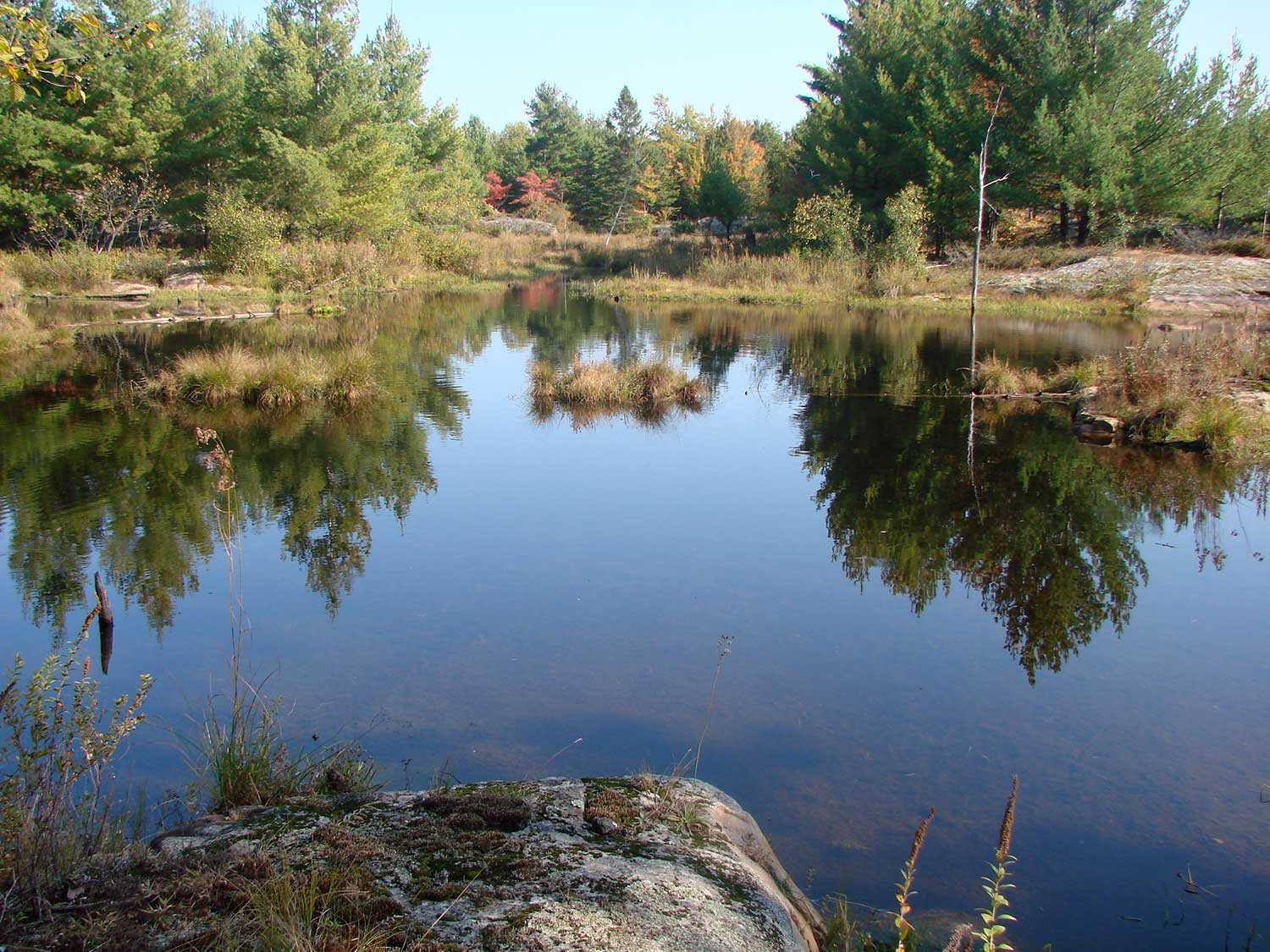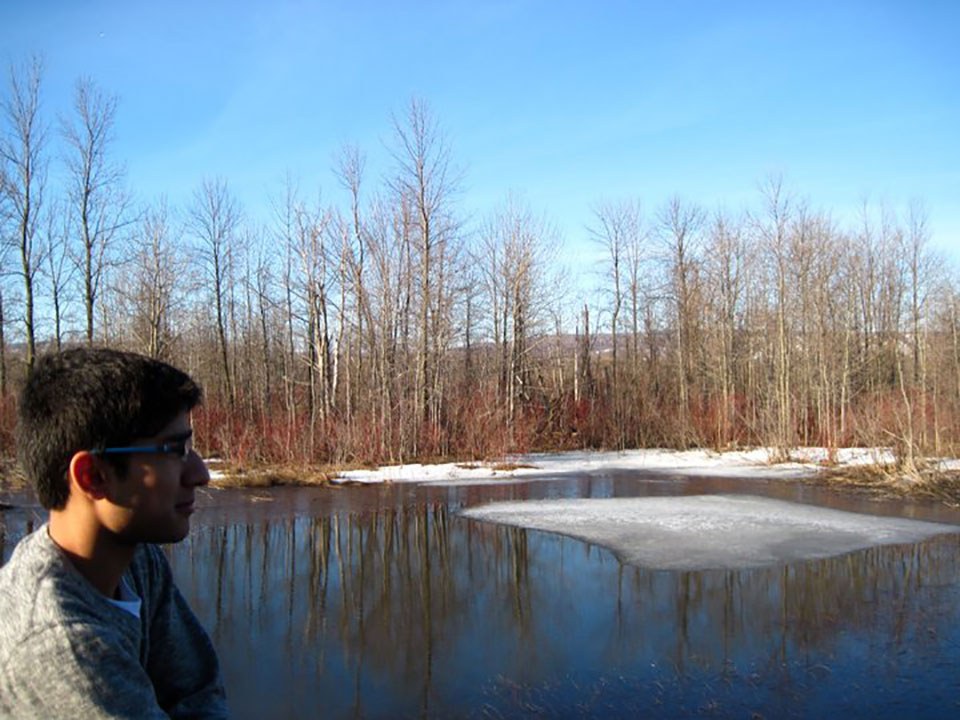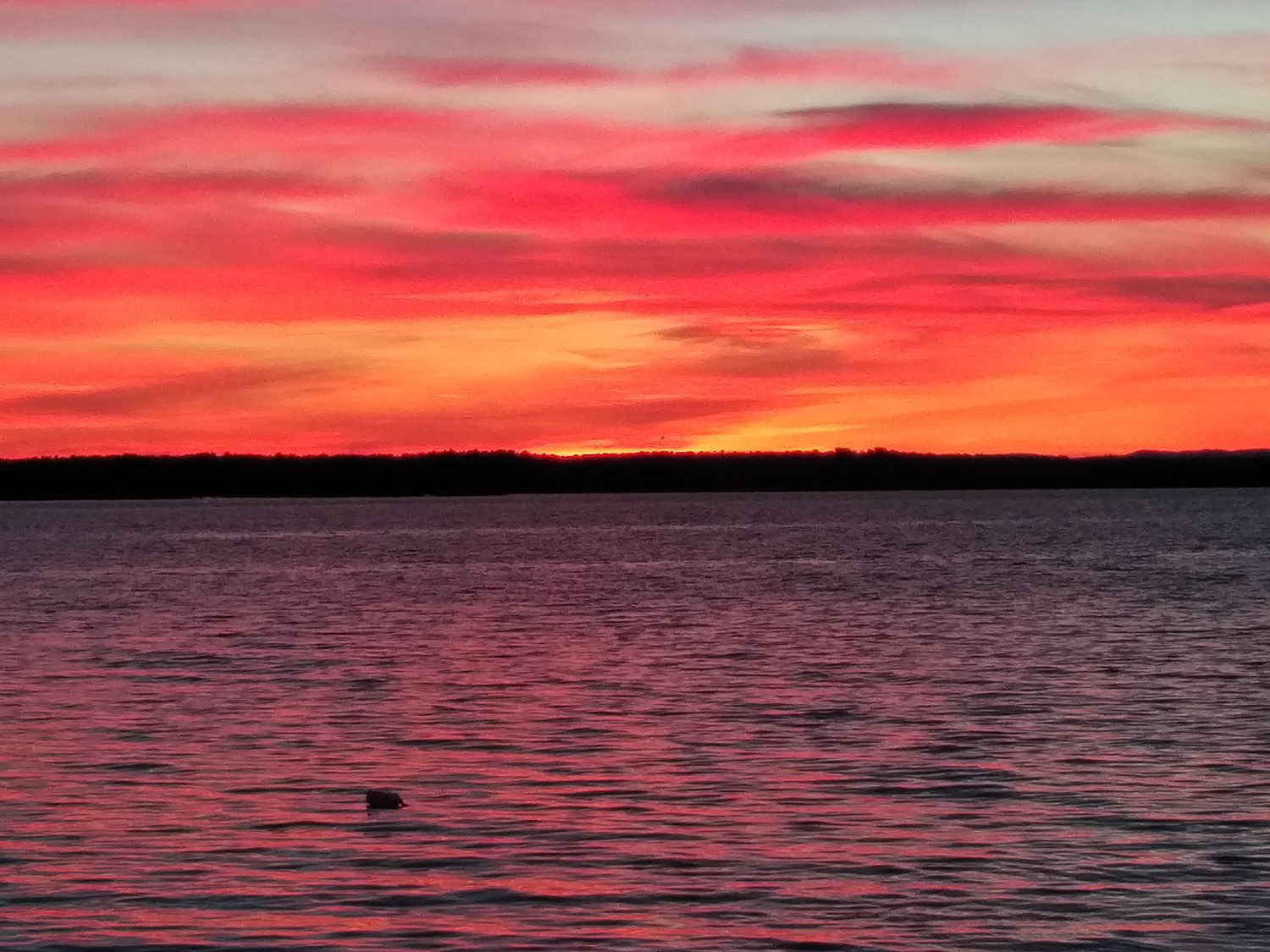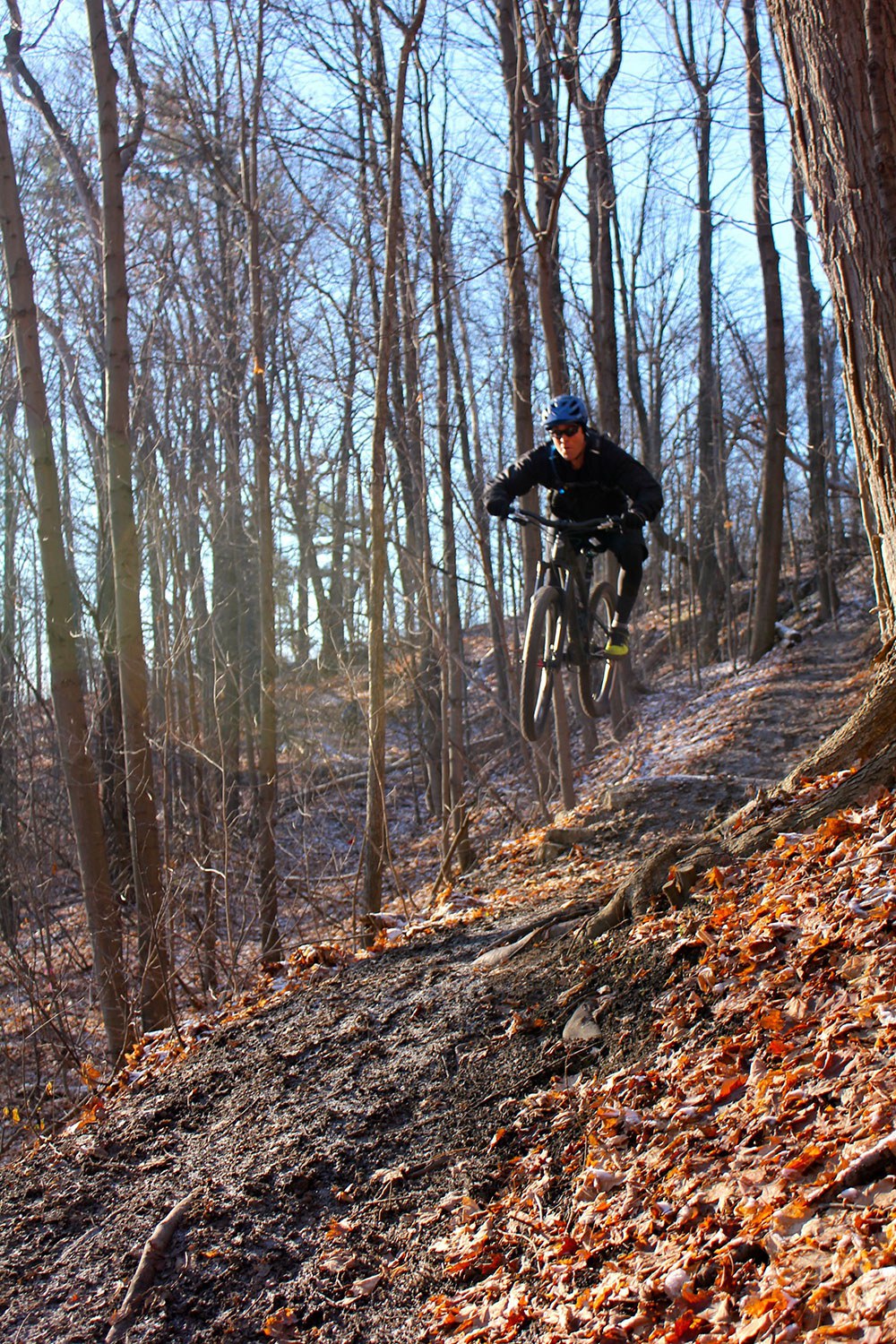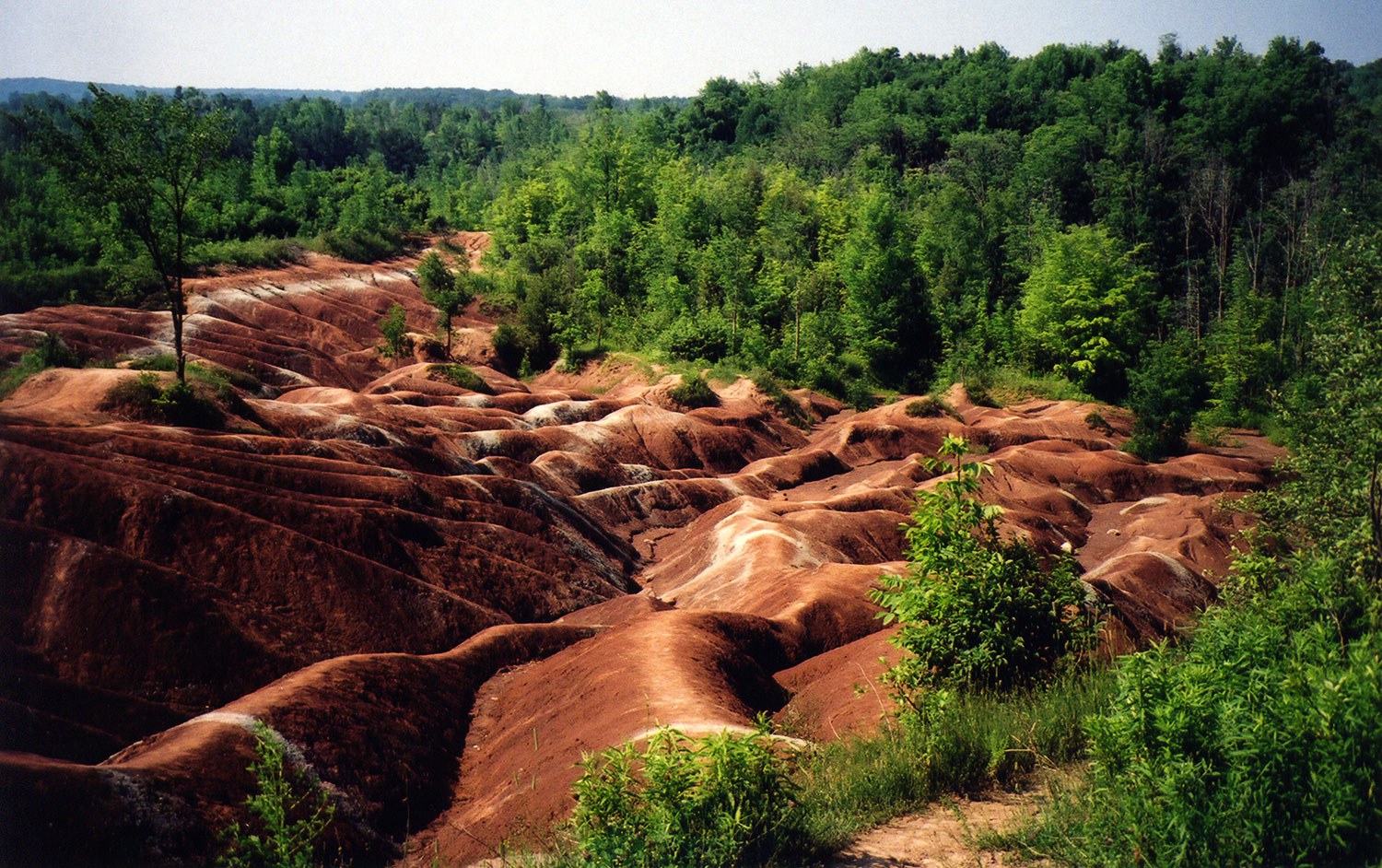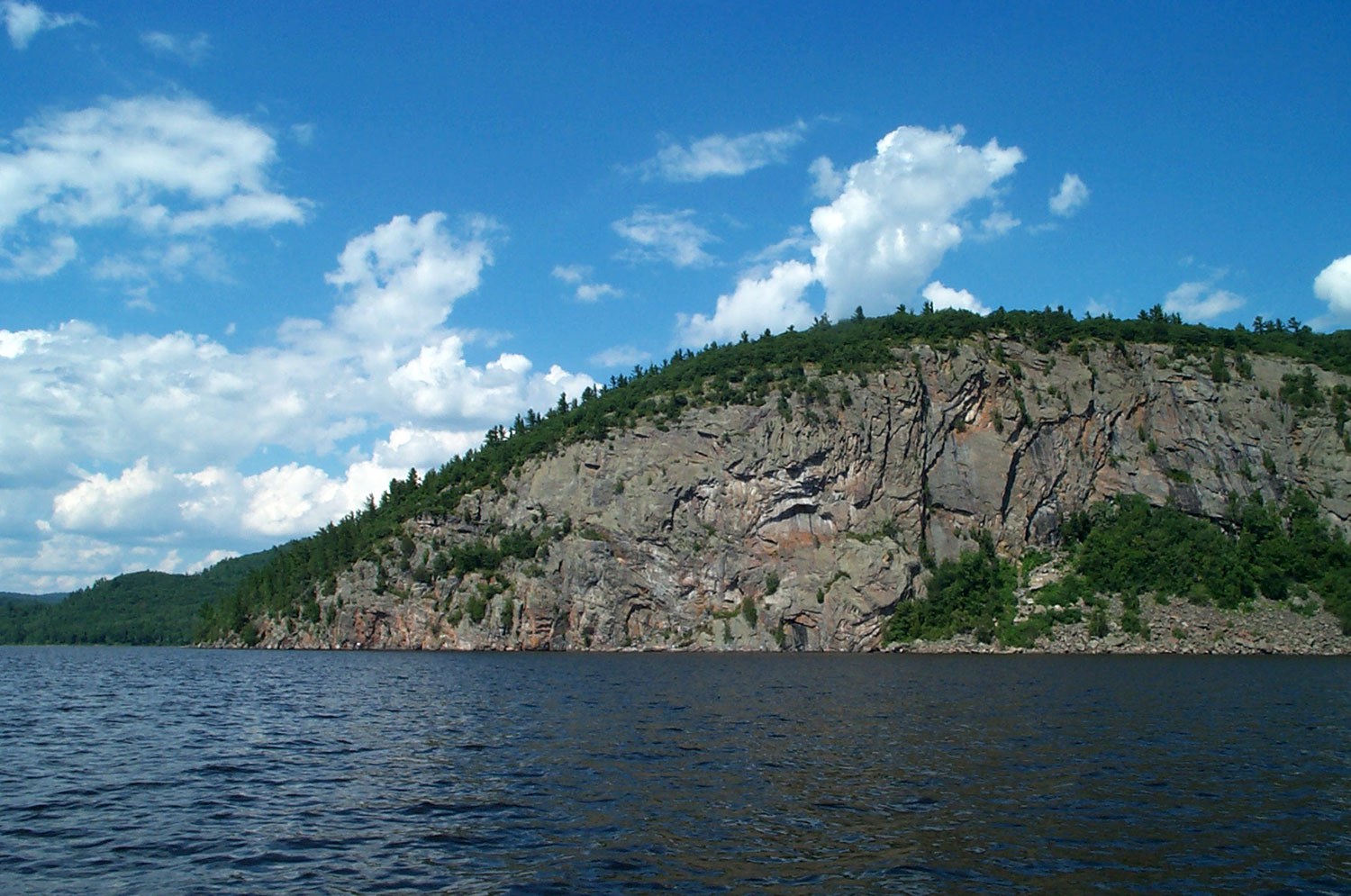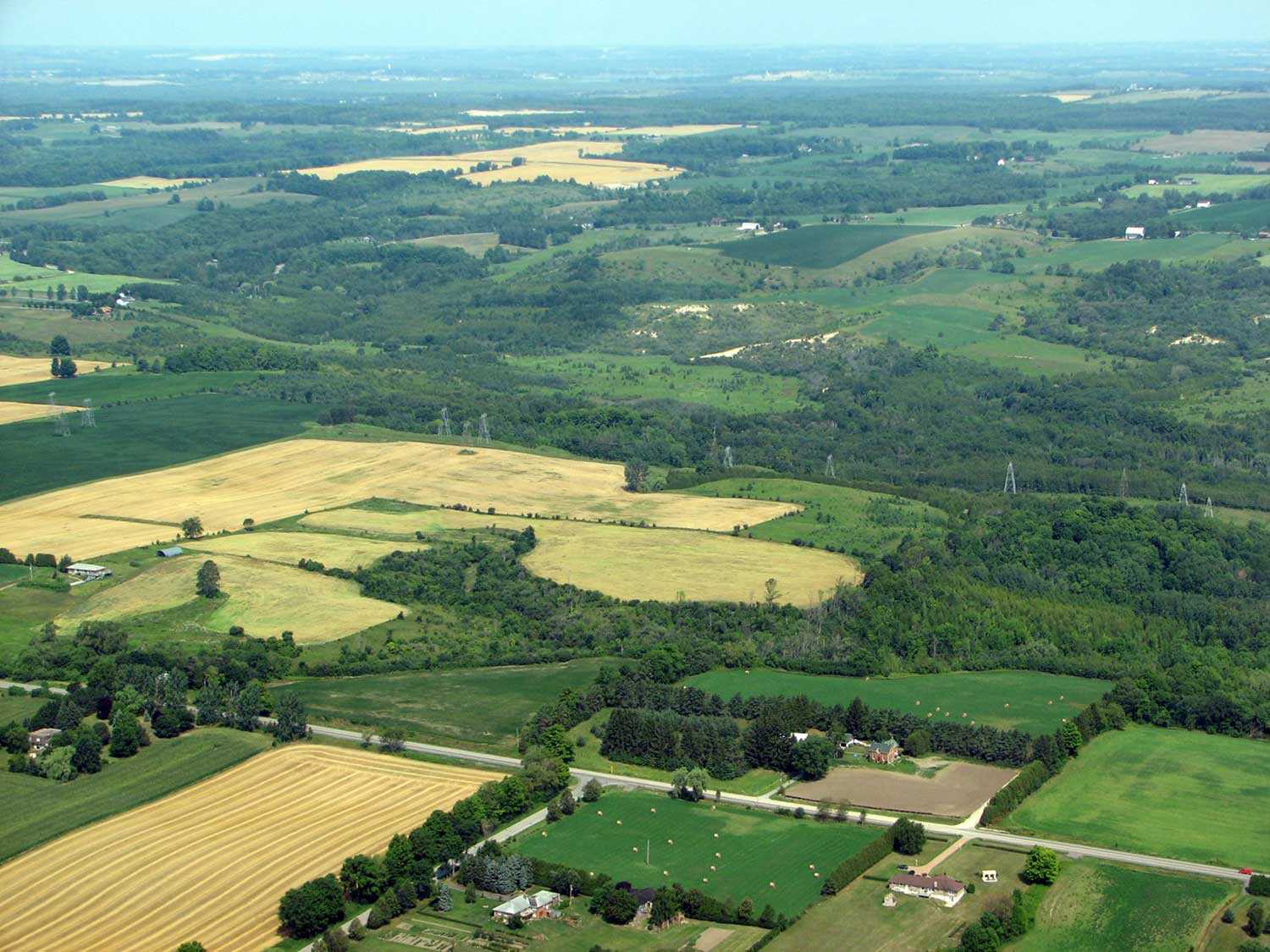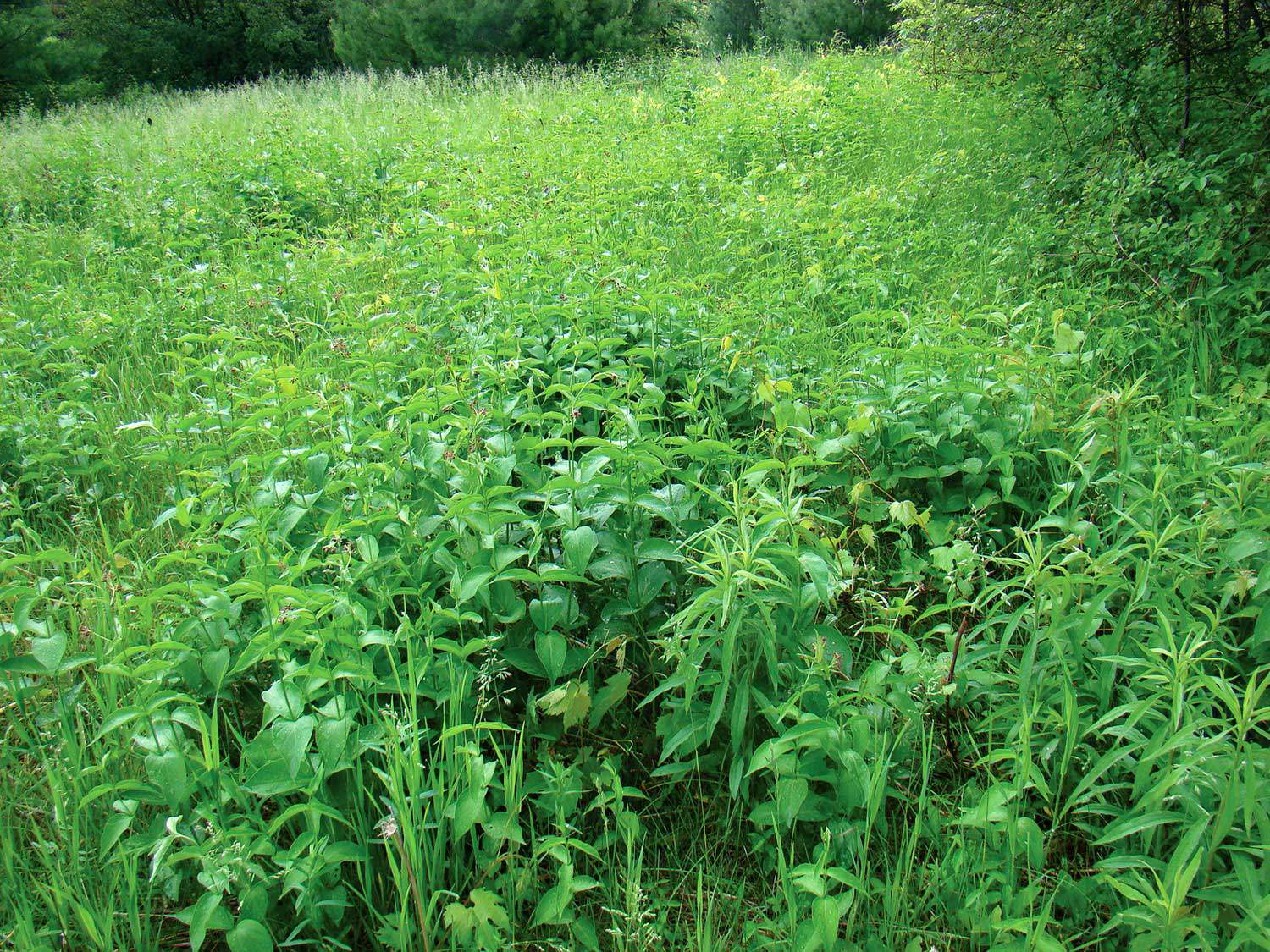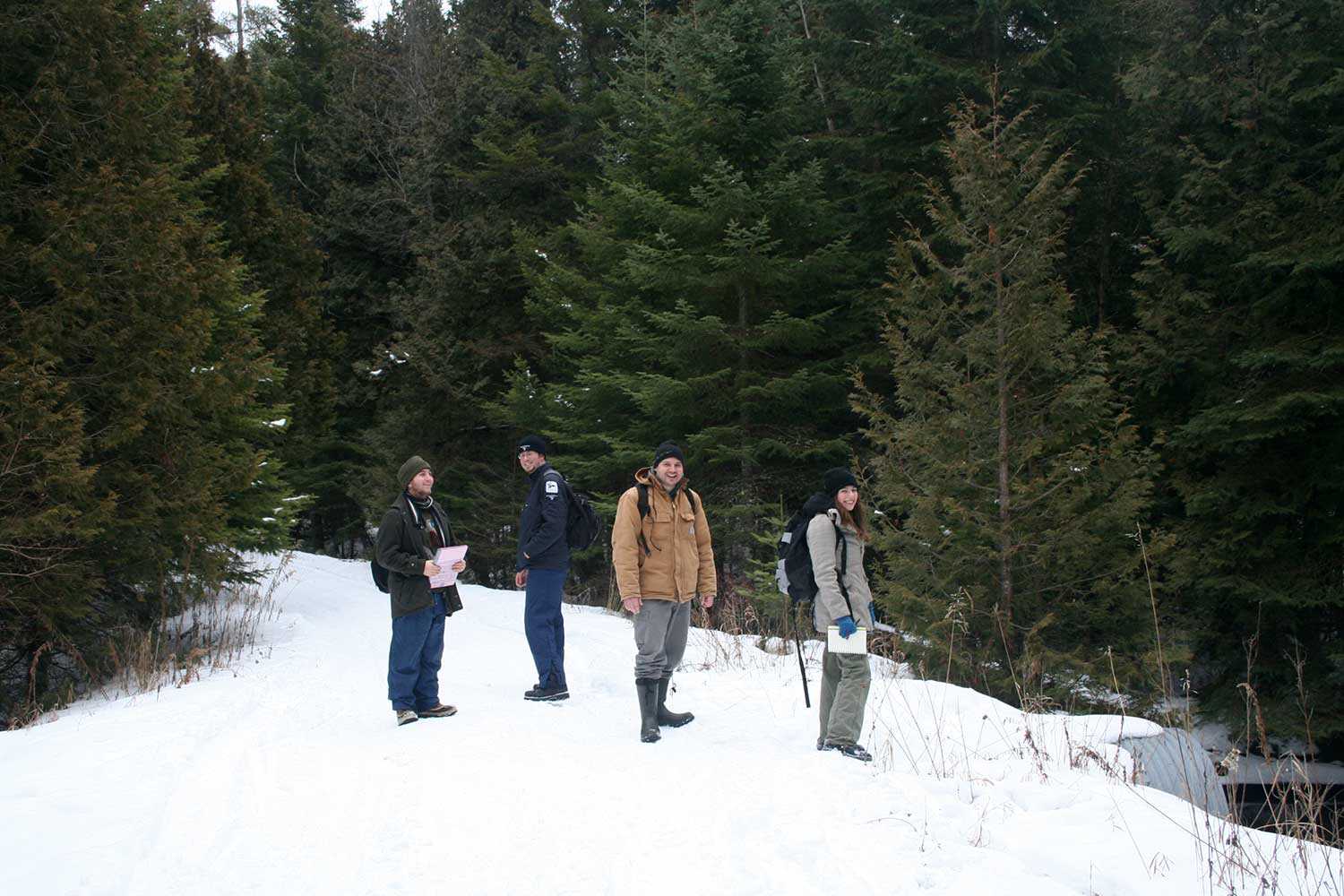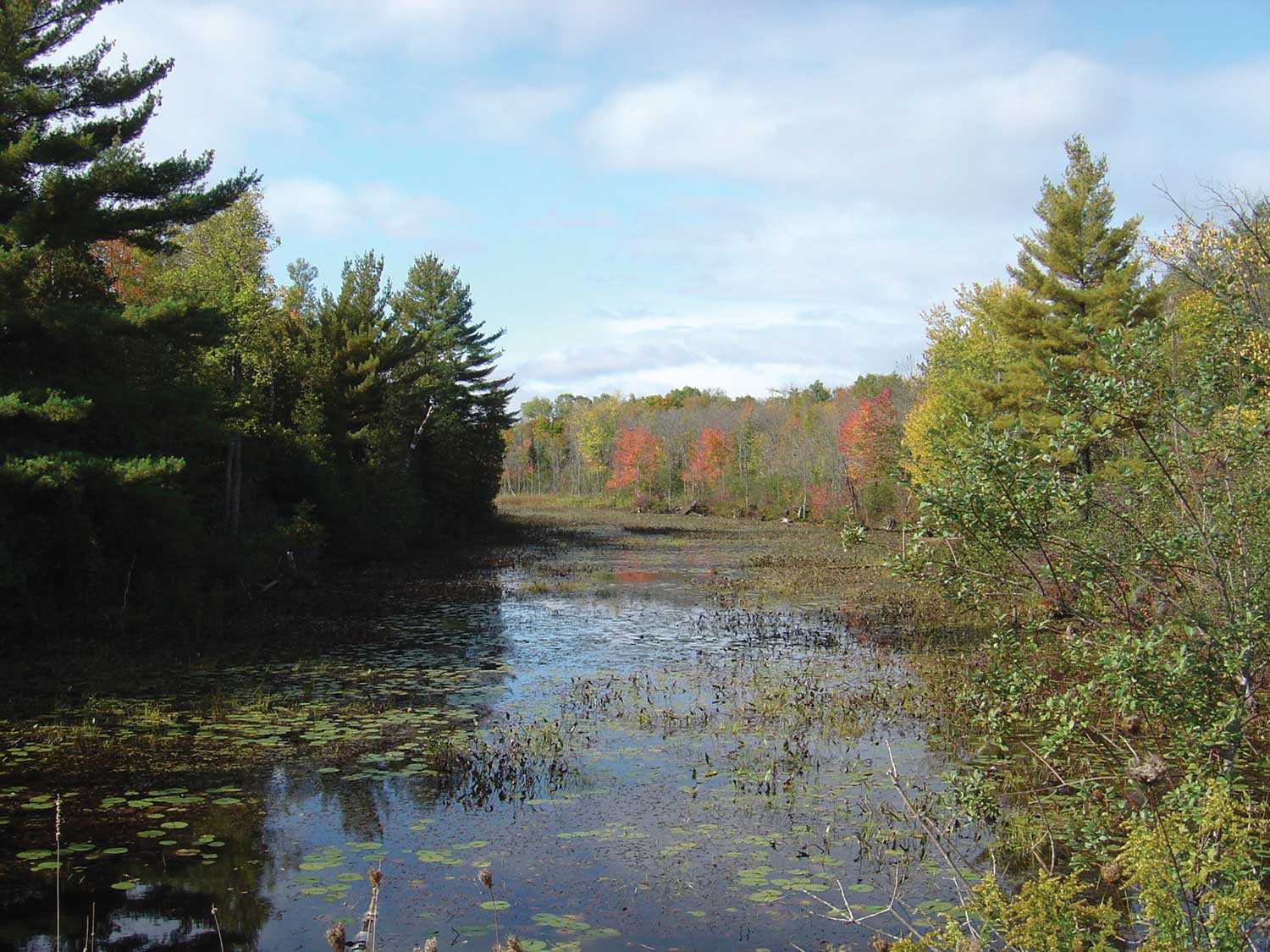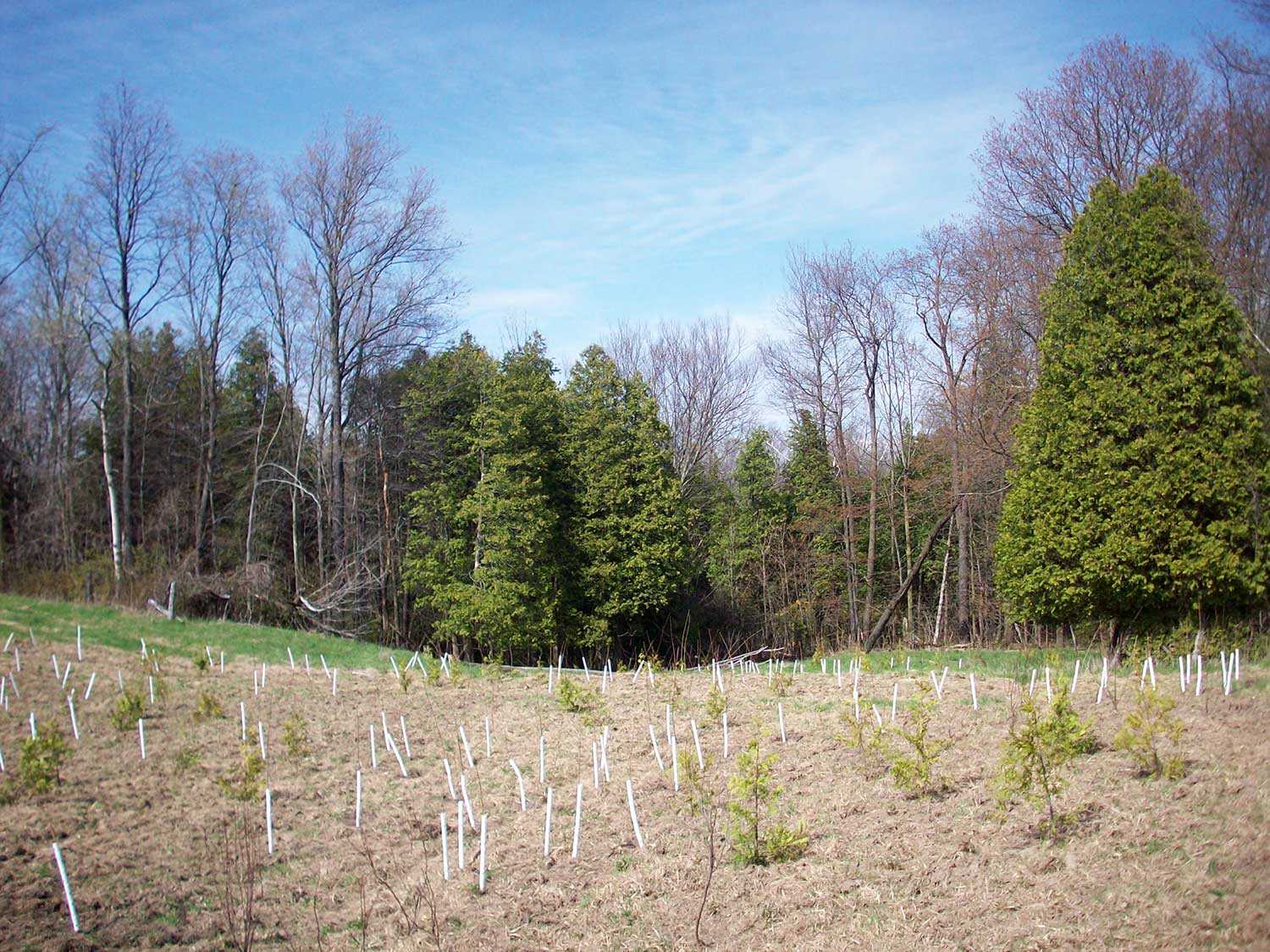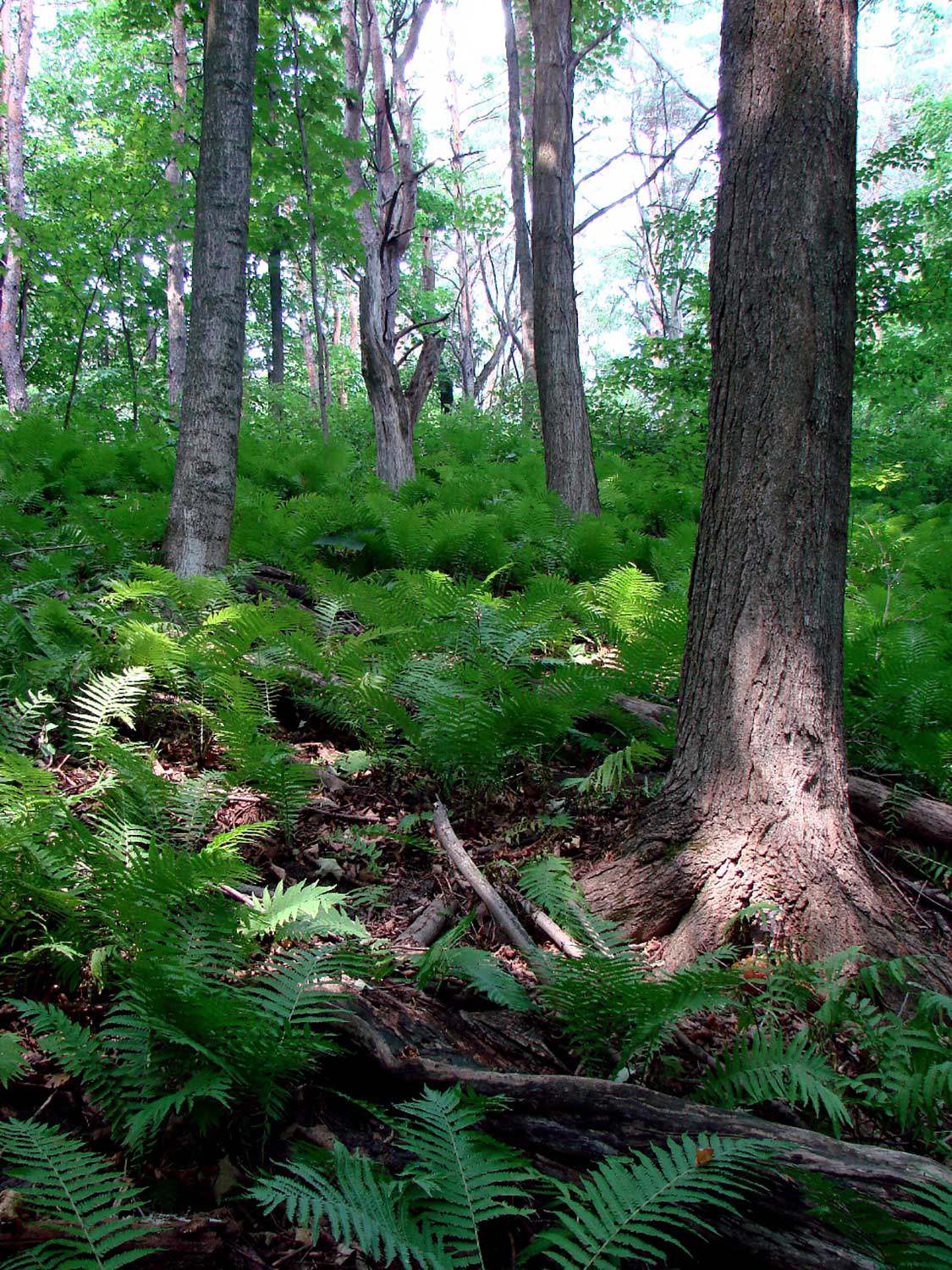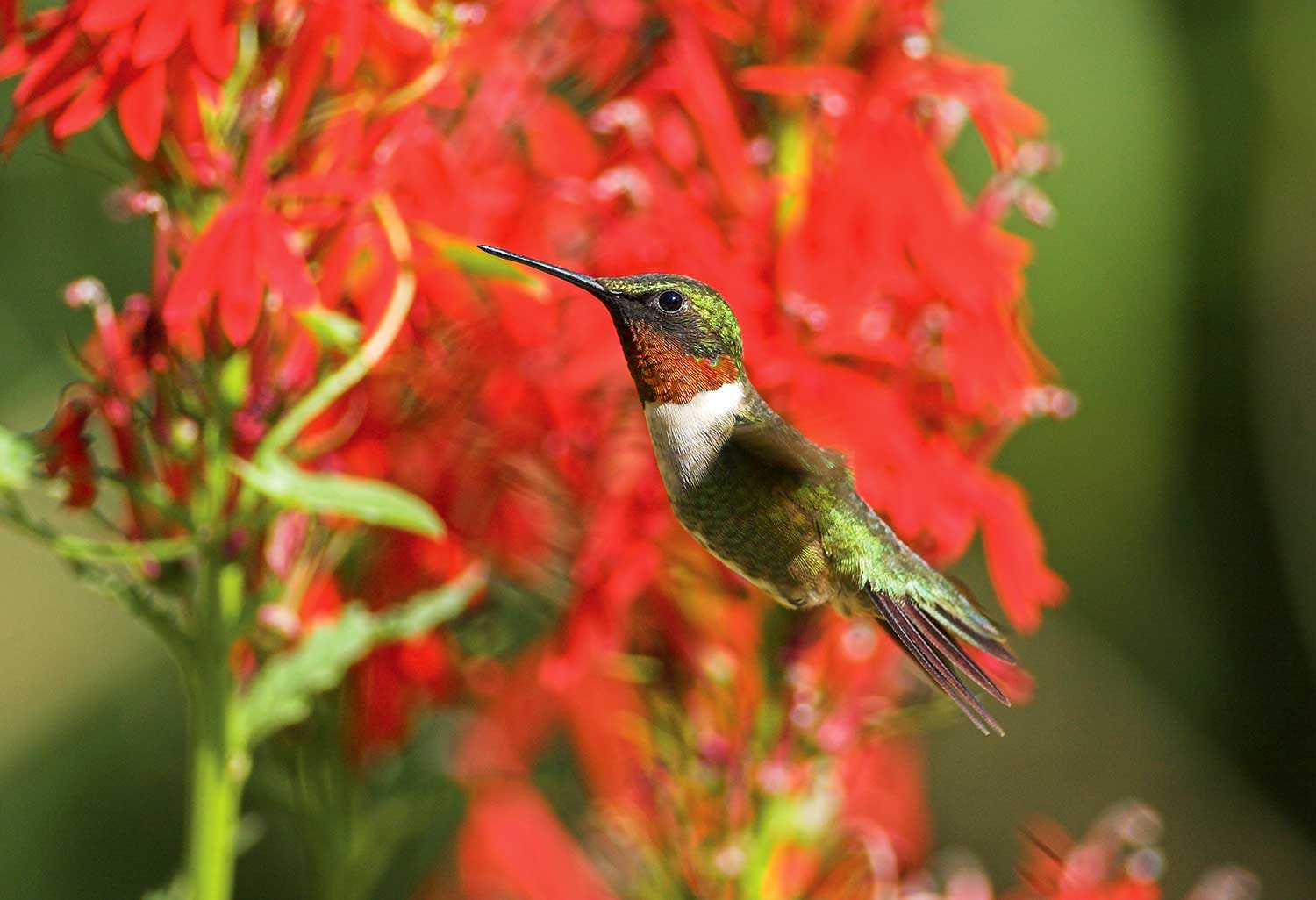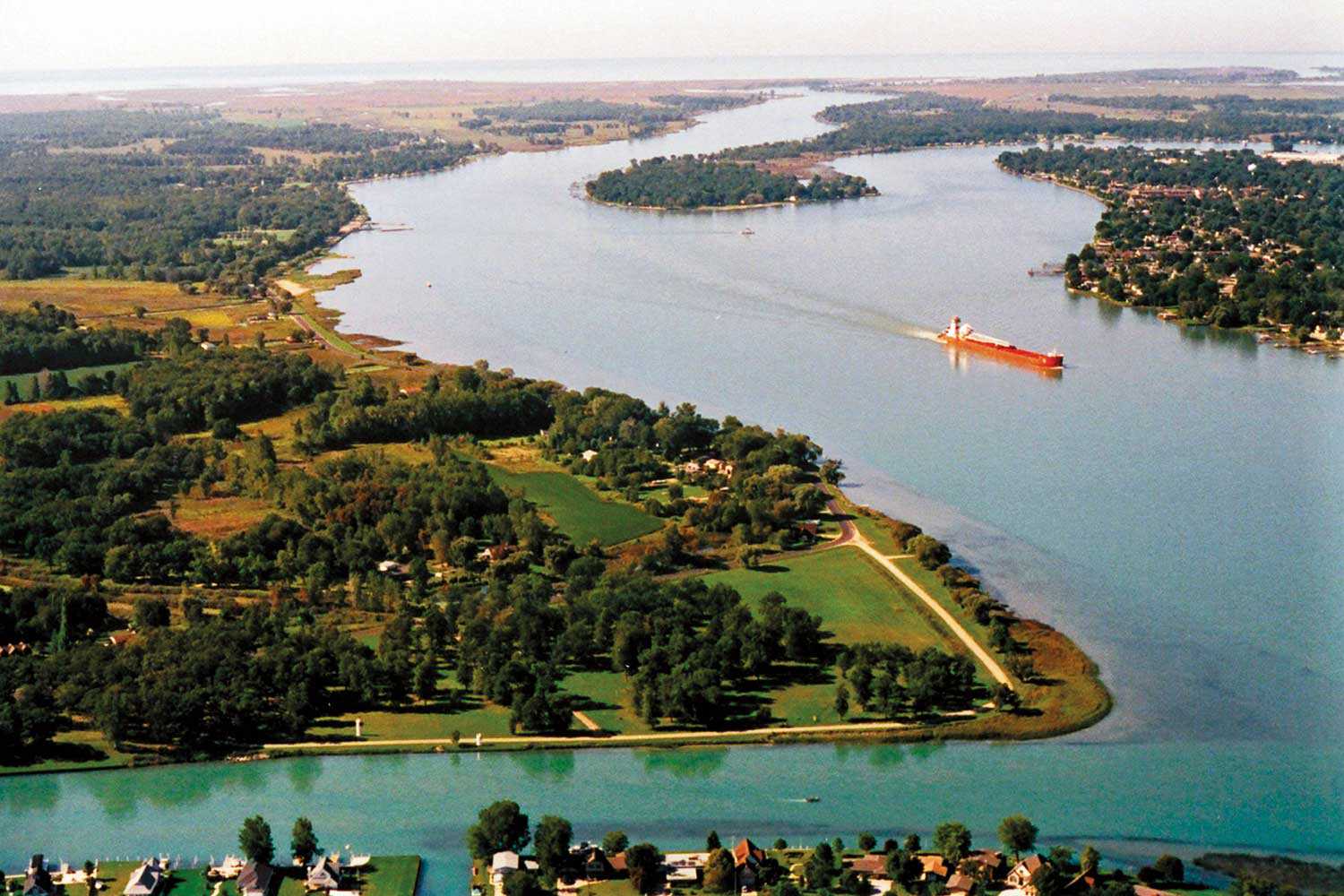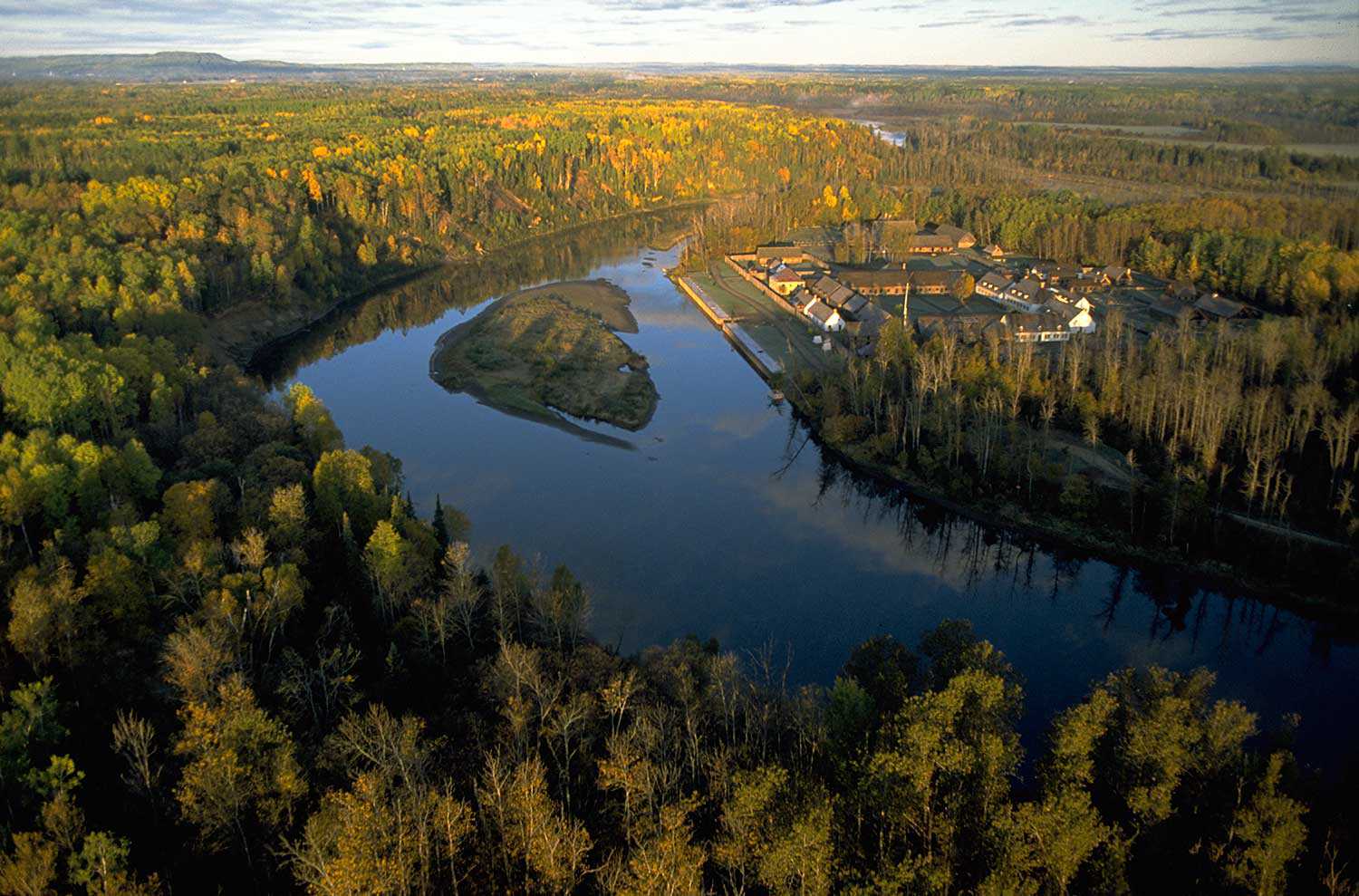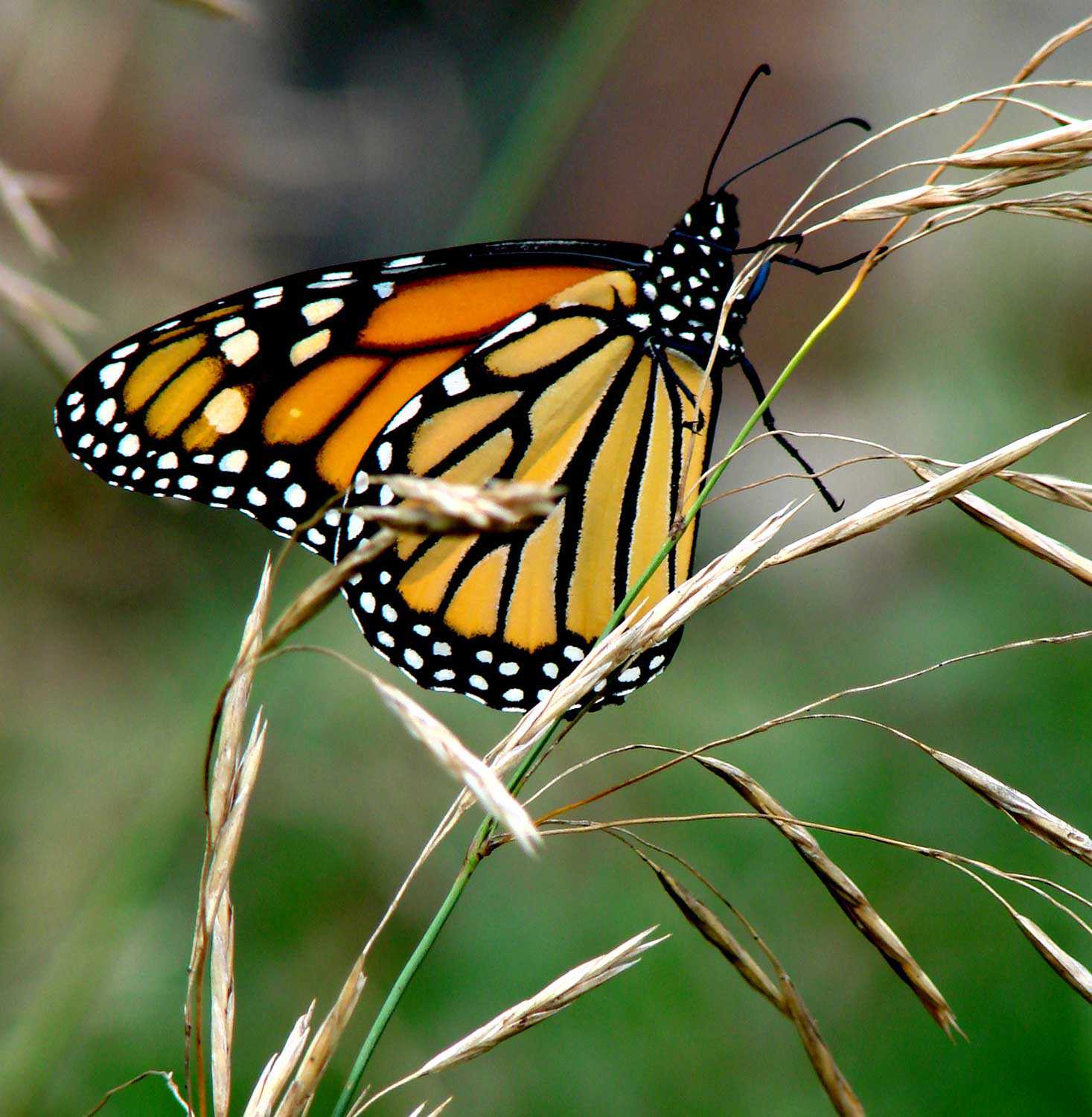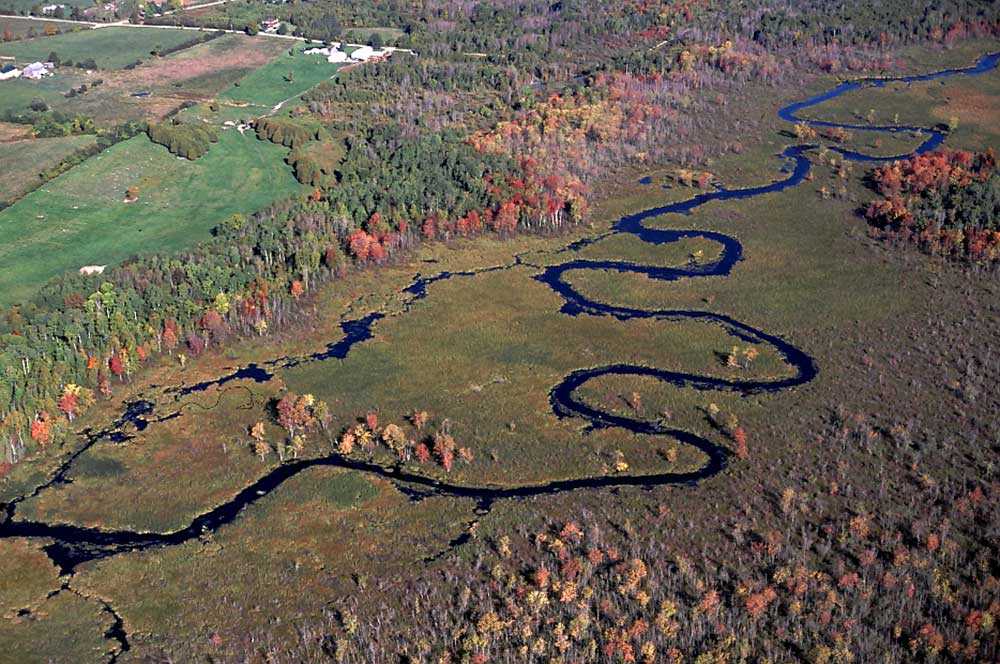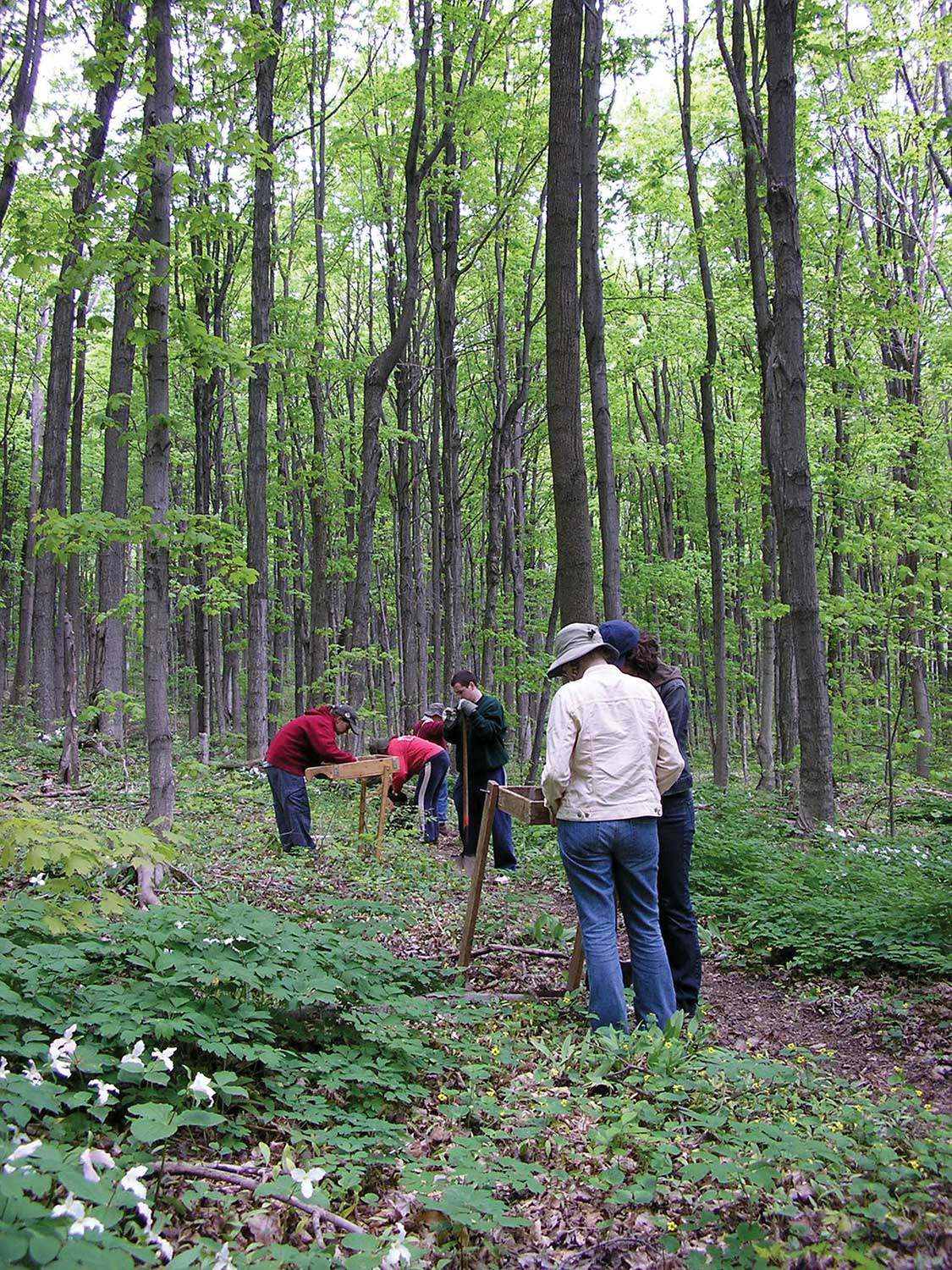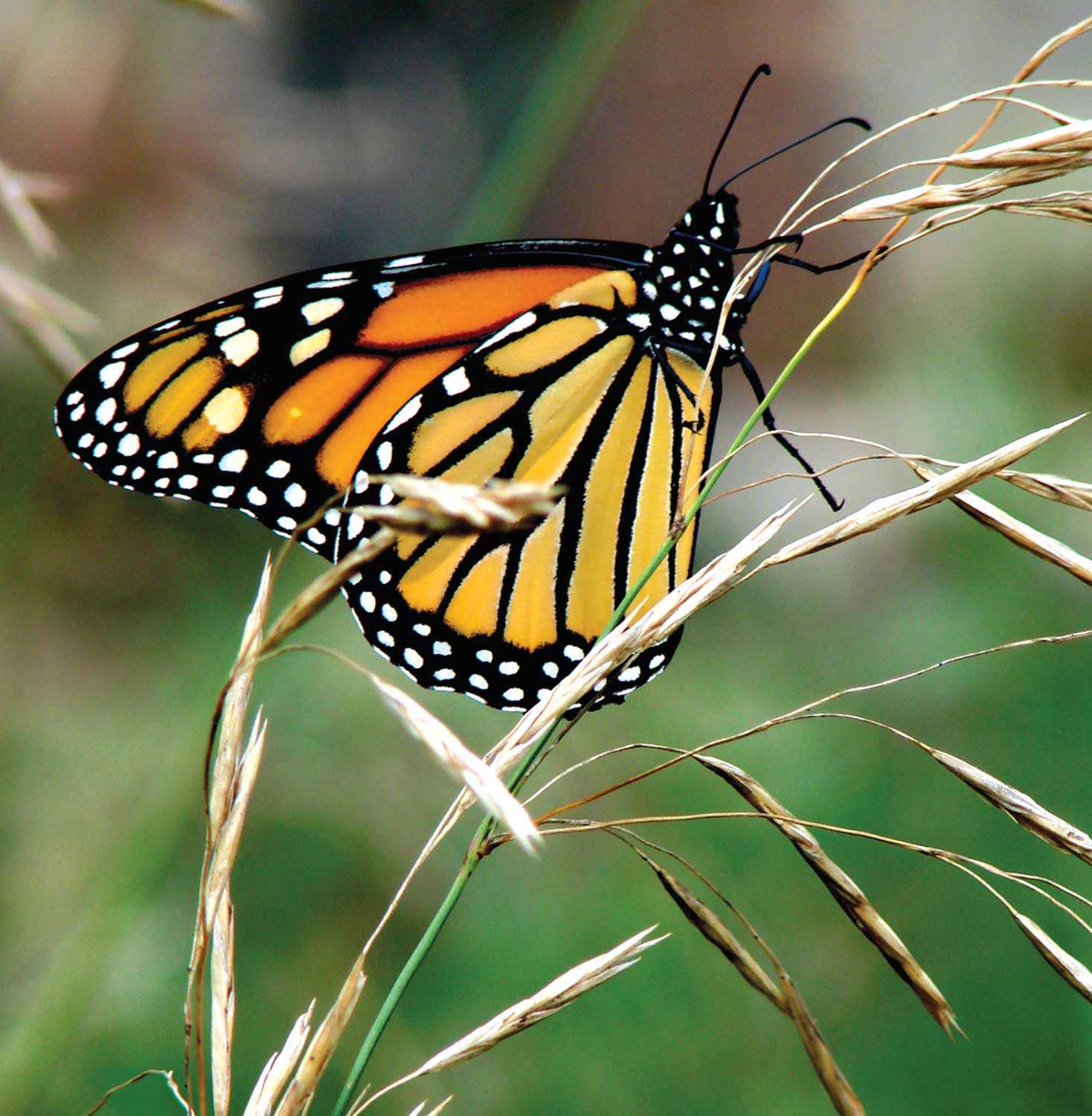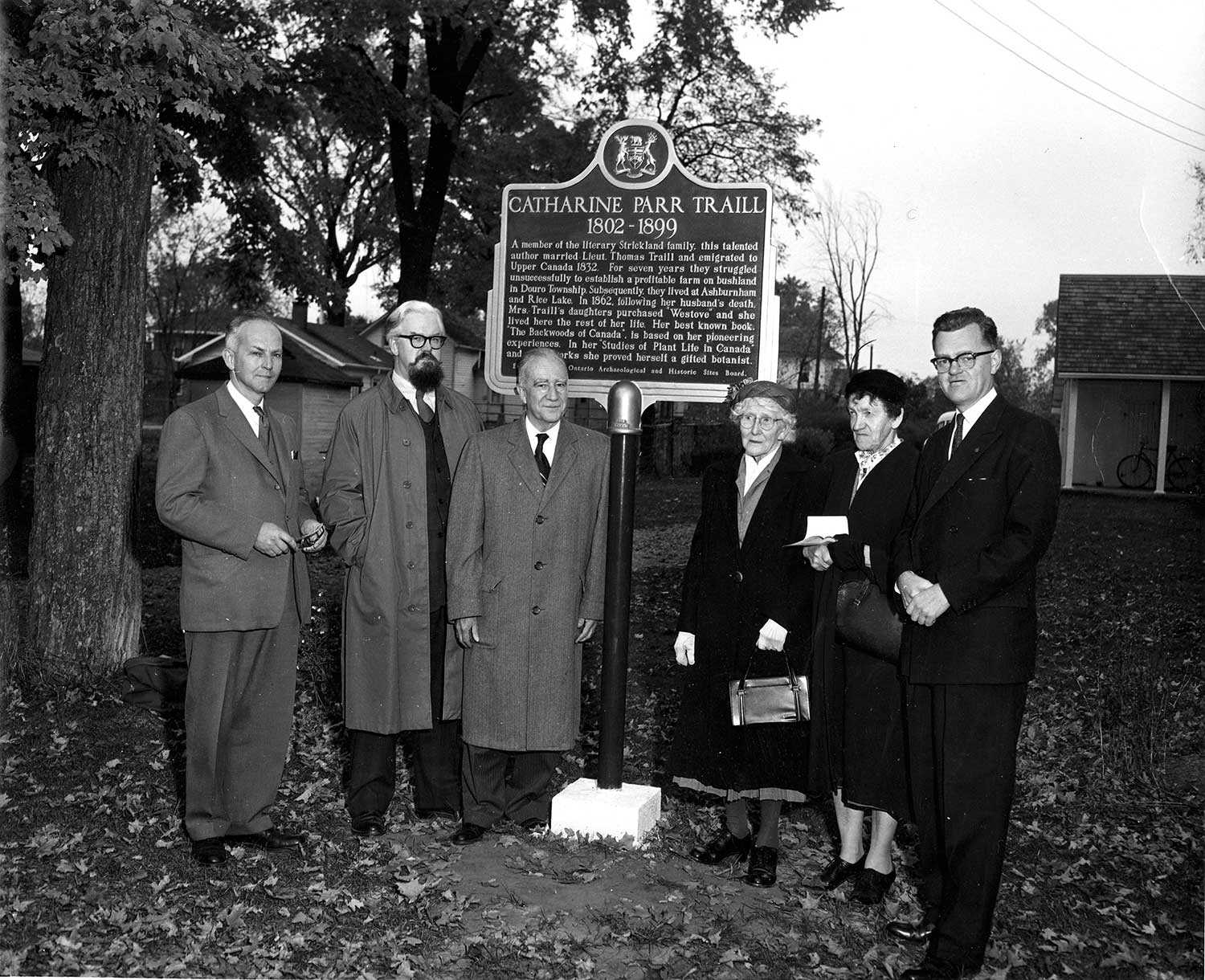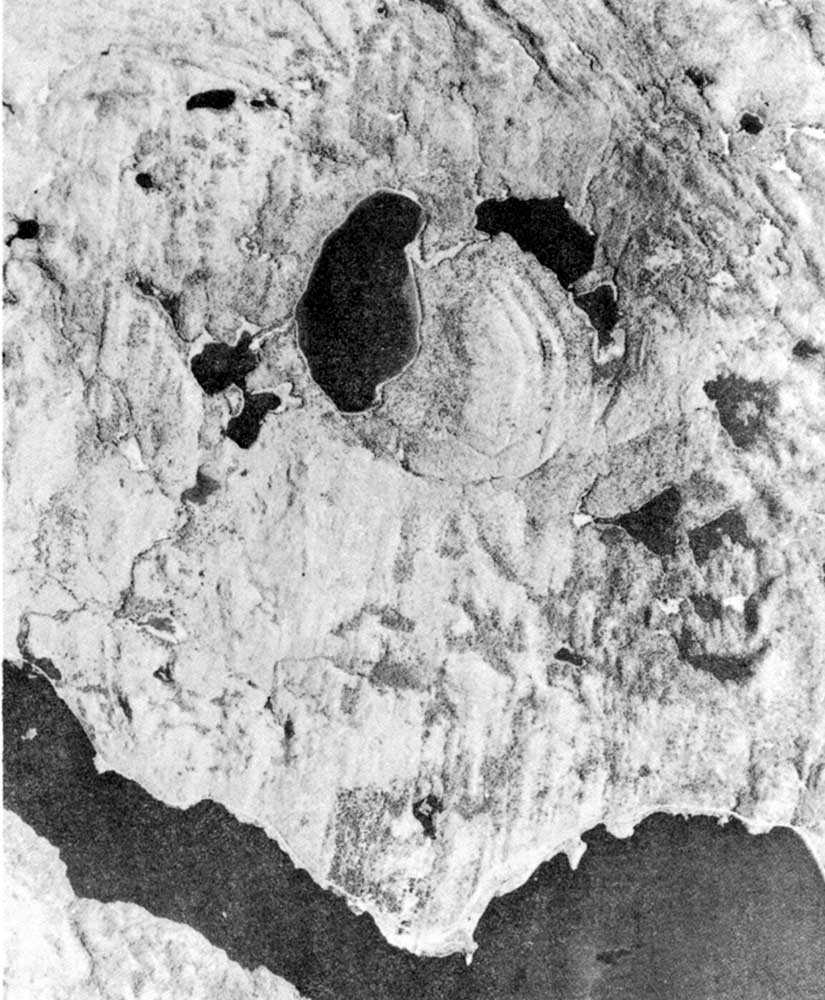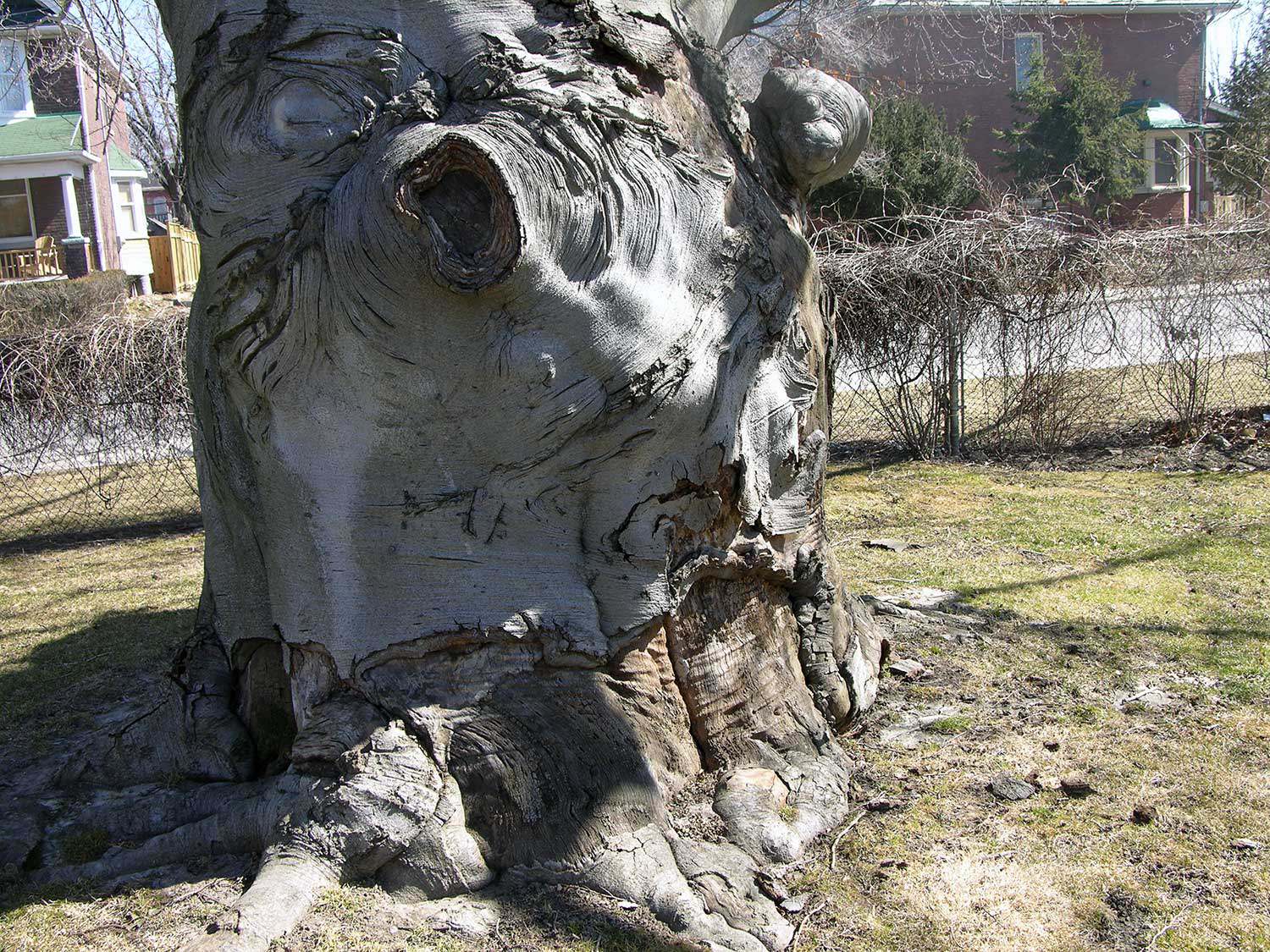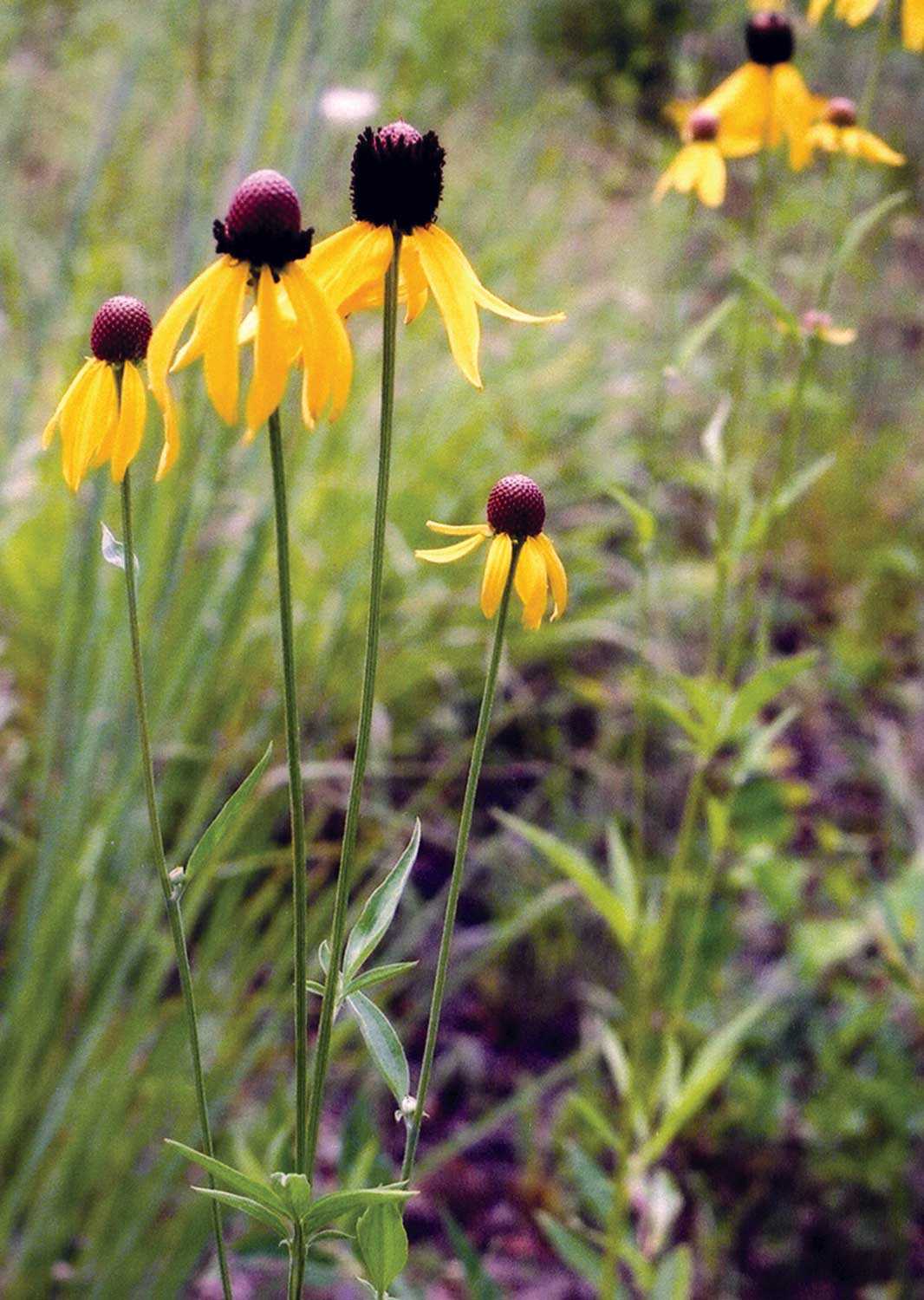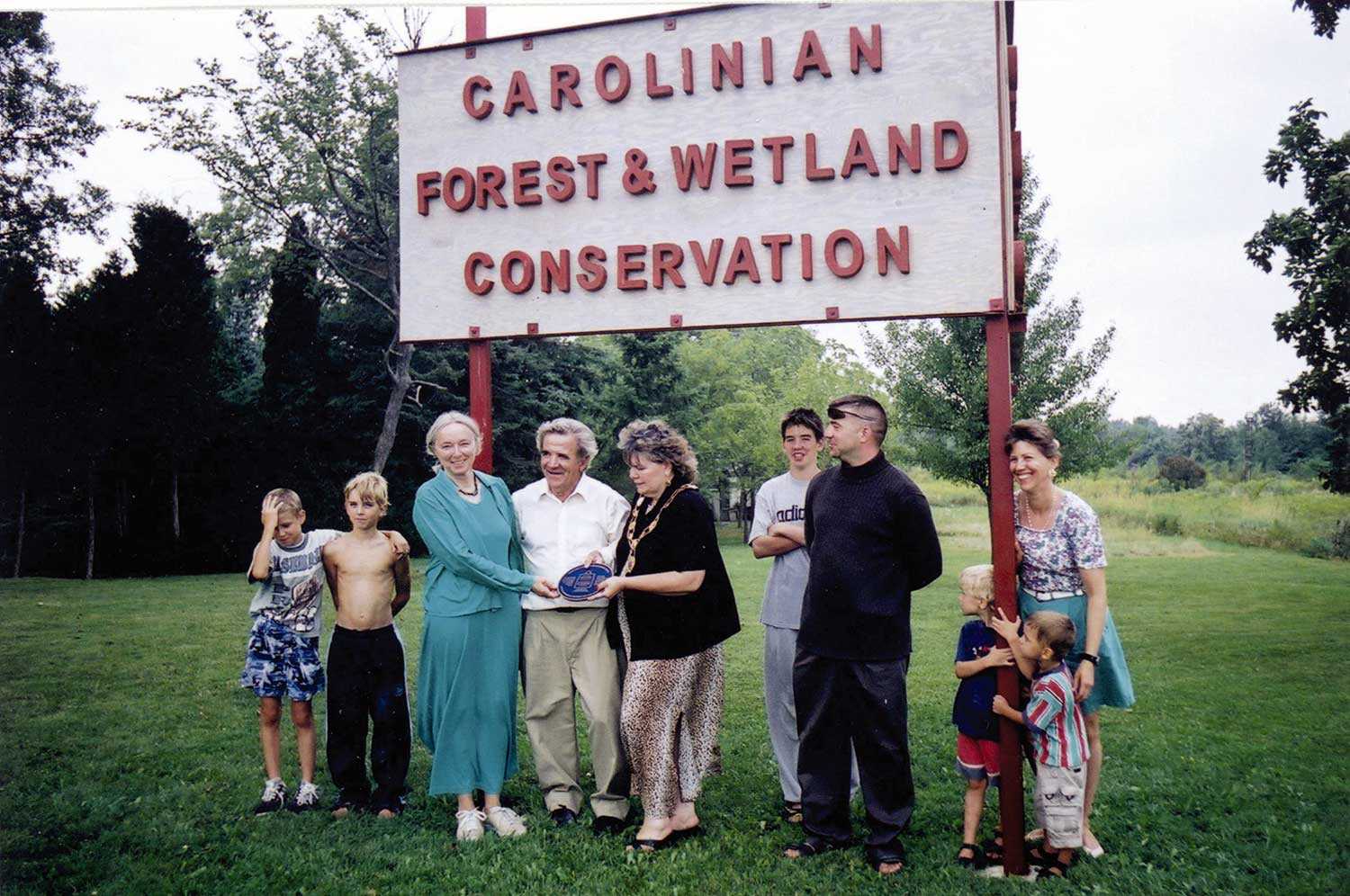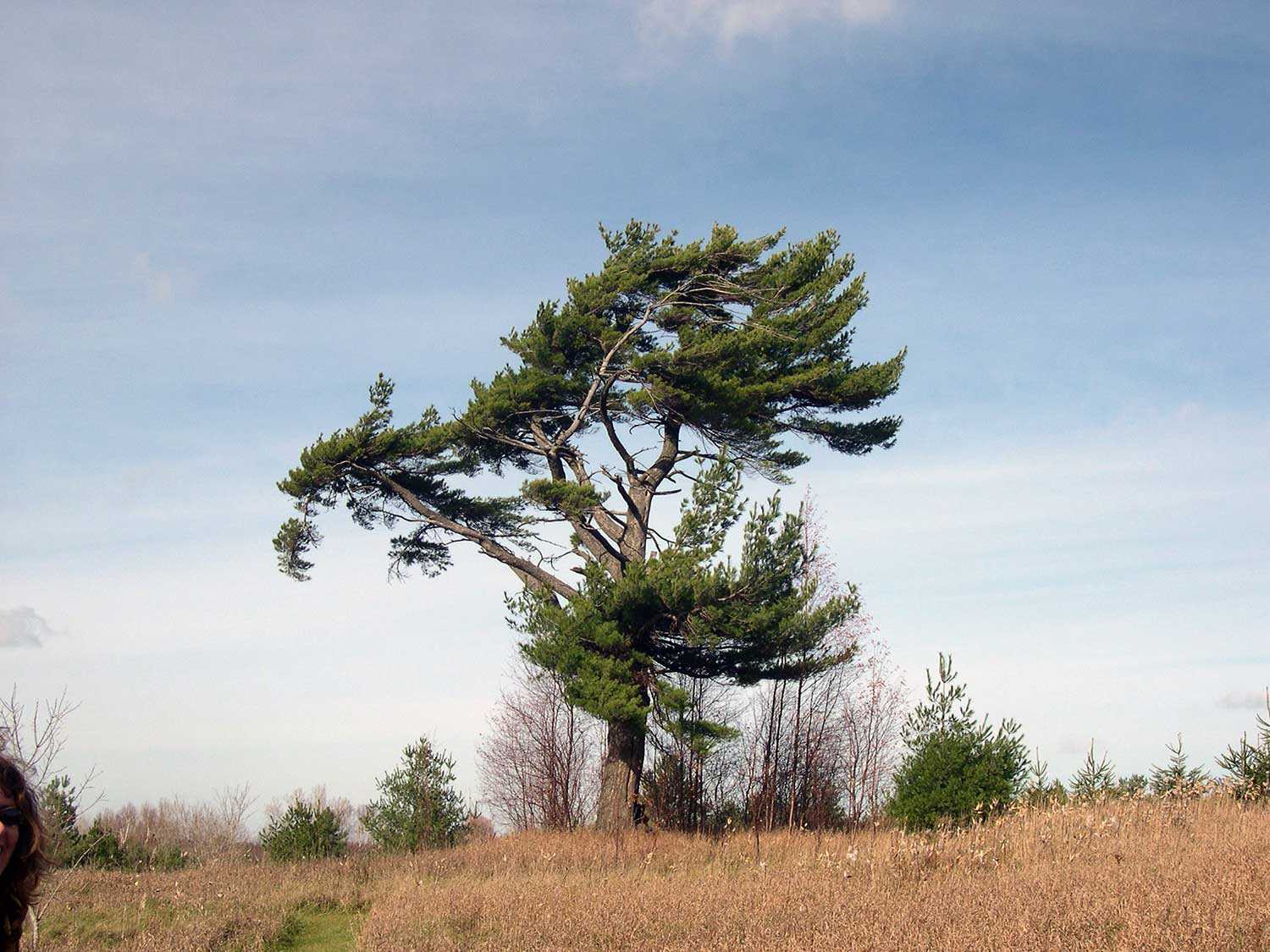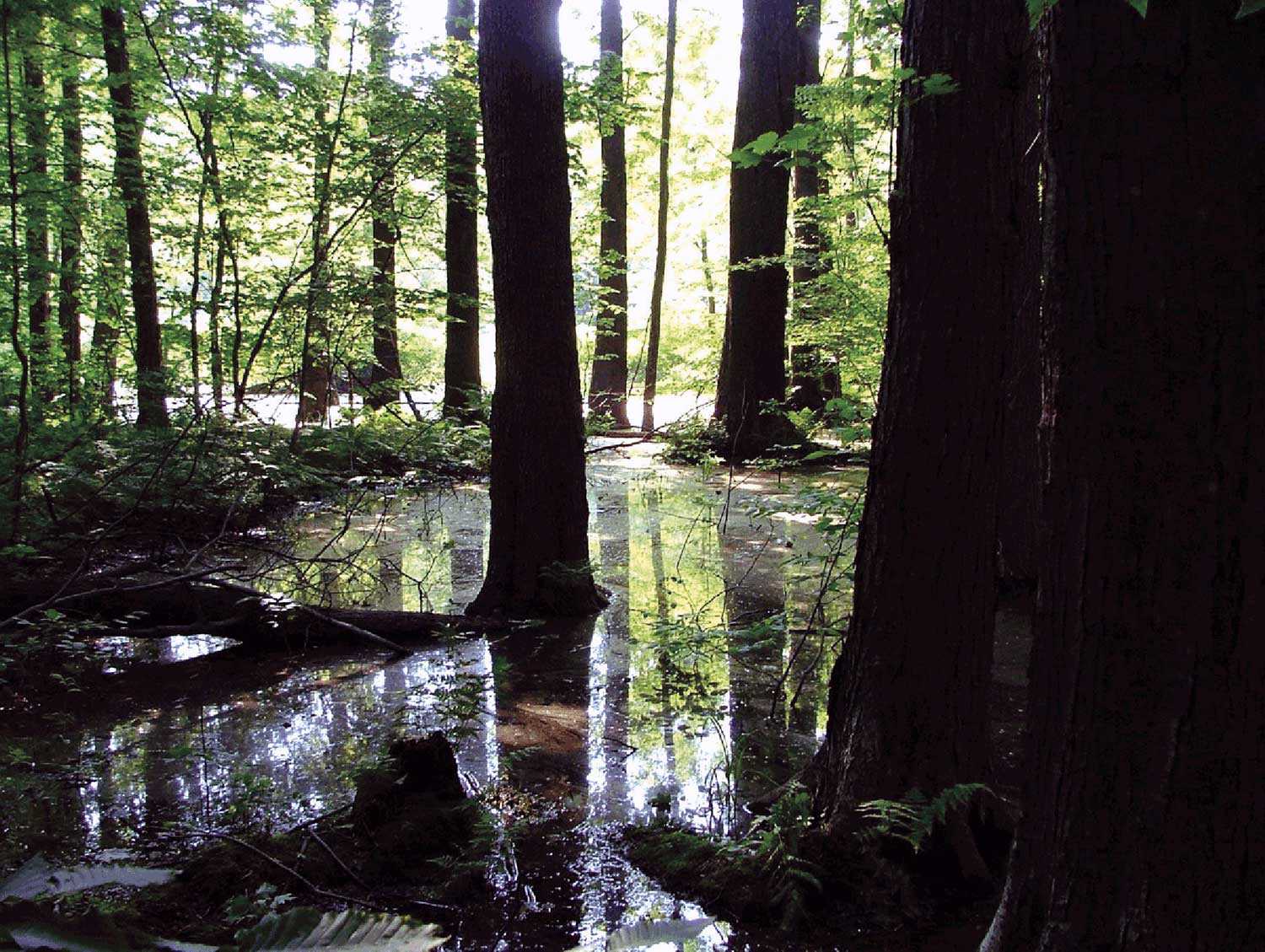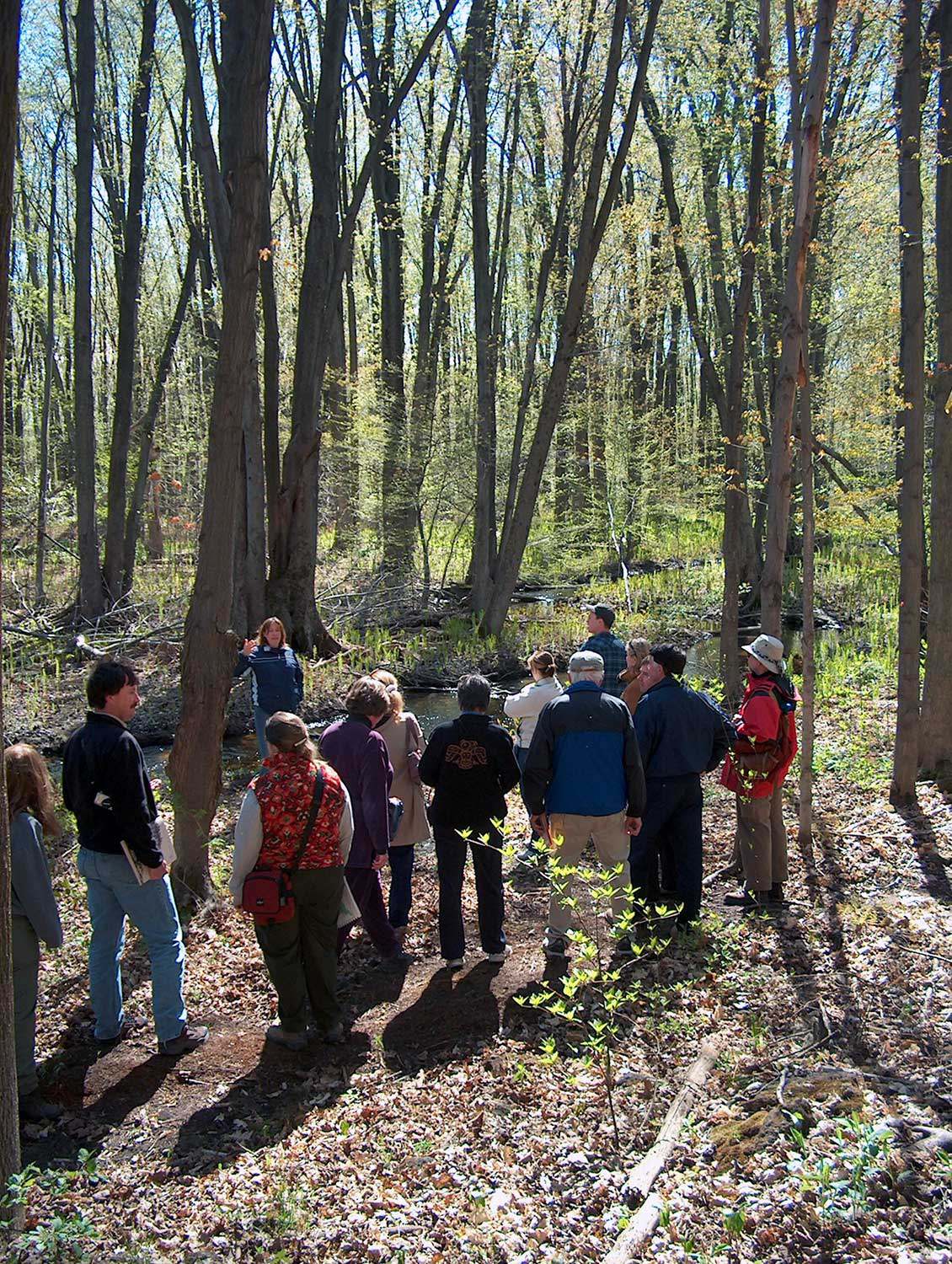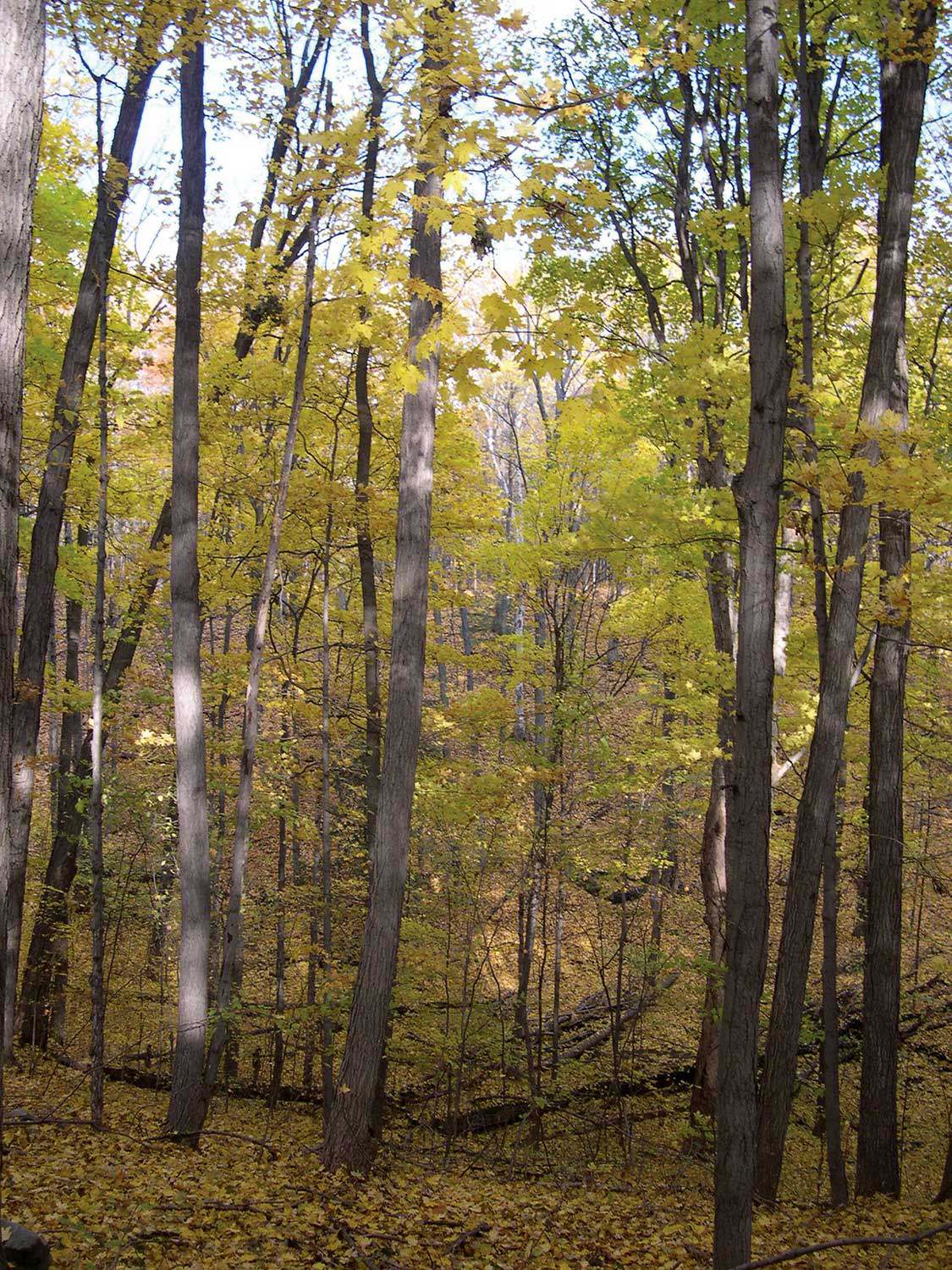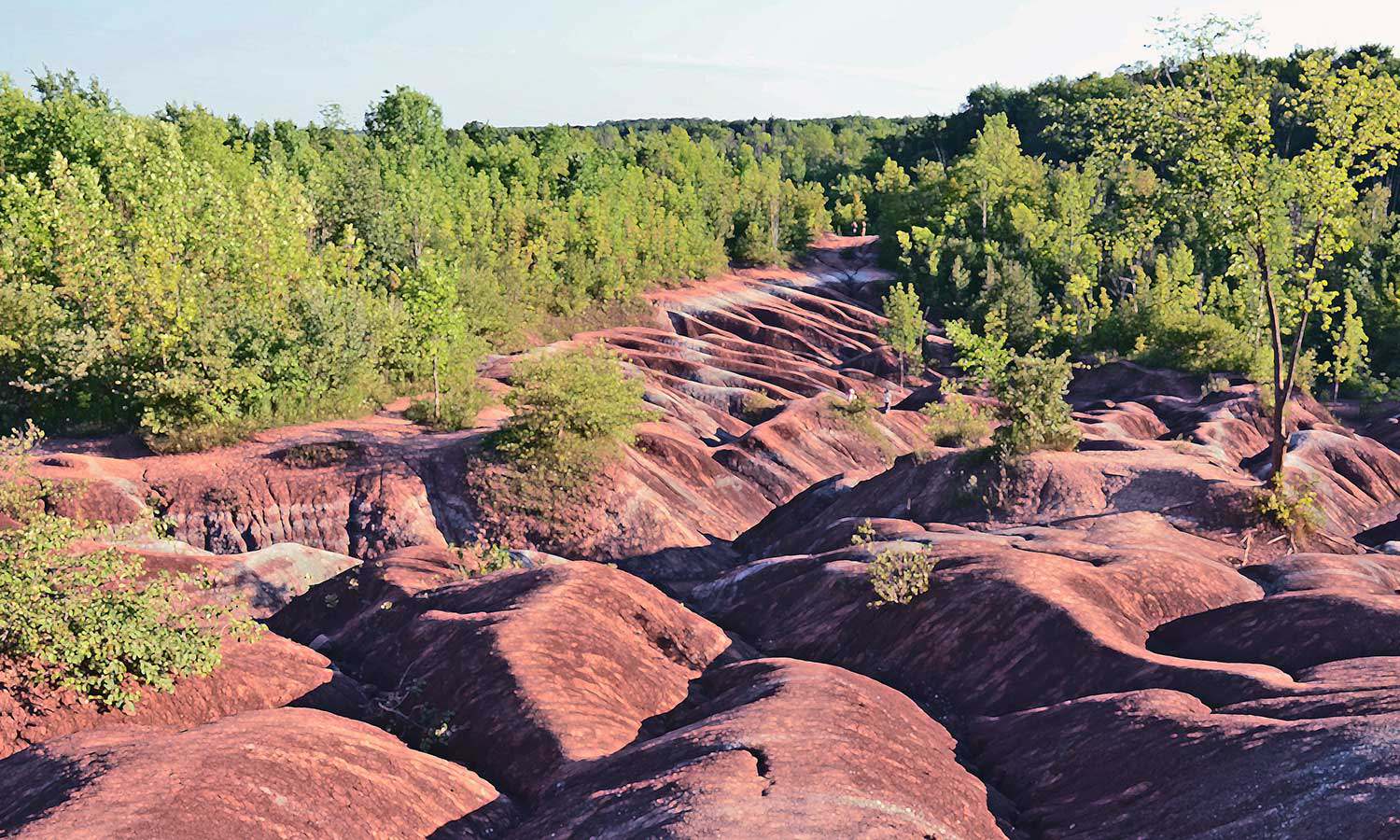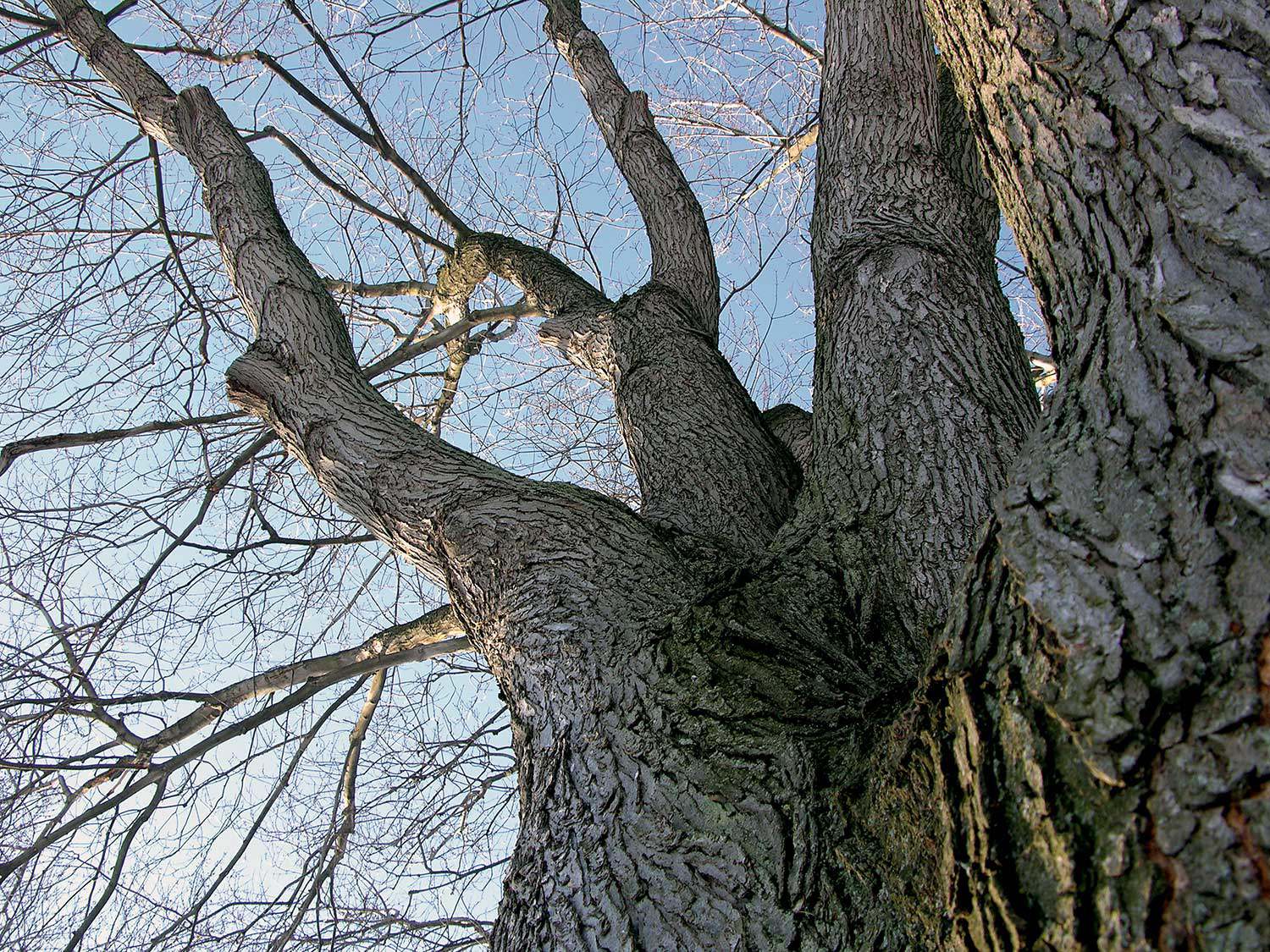

Browse by category
- Adaptive reuse
- Archaeology
- Arts and creativity
- Black heritage
- Buildings and architecture
- Communication
- Community
- Cultural landscapes
- Cultural objects
- Design
- Economics of heritage
- Environment
- Expanding the narrative
- Food
- Francophone heritage
- Indigenous heritage
- Intangible heritage
- Medical heritage
- Military heritage
- MyOntario
- Natural heritage
- Sport heritage
- Tools for conservation
- Women's heritage
Protecting Ottawa’s Carp Hills
Just north of the Village of Carp lie the Carp Hills – one of the largest and wildest natural areas within the City of Ottawa. The Carp Hills are classified as a Regionally Significant Life Science Area of Natural and Scientific Interest (ANSI) and constitute the largest outcropping of the Canadian Shield in southeastern Ontario, east of the Frontenac Arch. With funding assistance from the Ontario Heritage Trust’s Natural Spaces Land Acquisition and Stewardship Program (NSLASP), the City of Ottawa recently acquired a 54.5-acre (22-hectare) parcel of land within the Carp Hills over which the Trust will hold a heritage conservation easement.
The City of Ottawa and the Trust were eager to acquire this land to protect the rich plant and animal communities that thrive in the Carp Hills. Many of these communities contain species that are seldom seen in this area. A mix of beaver ponds, wet meadows, unforested bedrock outcrops and early successional forests provide habitat for this biodiversity. The beaver ponds provide nesting habitat for a variety of water birds – such as ducks and herons – as well as habitat for the provincially and nationally threatened Blandings Turtle. The bare granite bedrock supports plant communities typical of cliff tops and outcrops in the Gatineau Hills of western Quebec. This large outcropping of the Canadian Shield has a complex bedrock geology containing a variety of gneissic, granitic and marble substrates.
This recent acquisition adds to the 1,903 acres (770 hectares) of land that the City of Ottawa has acquired in order to conserve and protect the Carp Hills. The City of Ottawa has a commitment to purchase additional lands within the Carp Hills in order to link and consolidate city-owned properties. “The consolidation of these lands into public ownership will protect a significant natural heritage feature,” said David Miller, a Senior Environmental Planner for the City of Ottawa. In addition, the City of Ottawa intends to prepare a stewardship plan that will ensure the Carp Hills are protected to ensure their ecological integrity in perpetuity.
The Ontario Heritage Trust is proud to be a partner in this project to help save more of our precious natural heritage.
The NSLASP was established in 2005, with the support of the province, for the acquisition and stewardship of provincially significant natural heritage lands. To date, the Ontario Heritage Trust has approved funding for 54 applications to this program.

